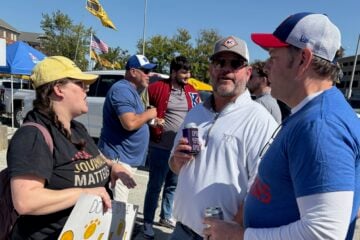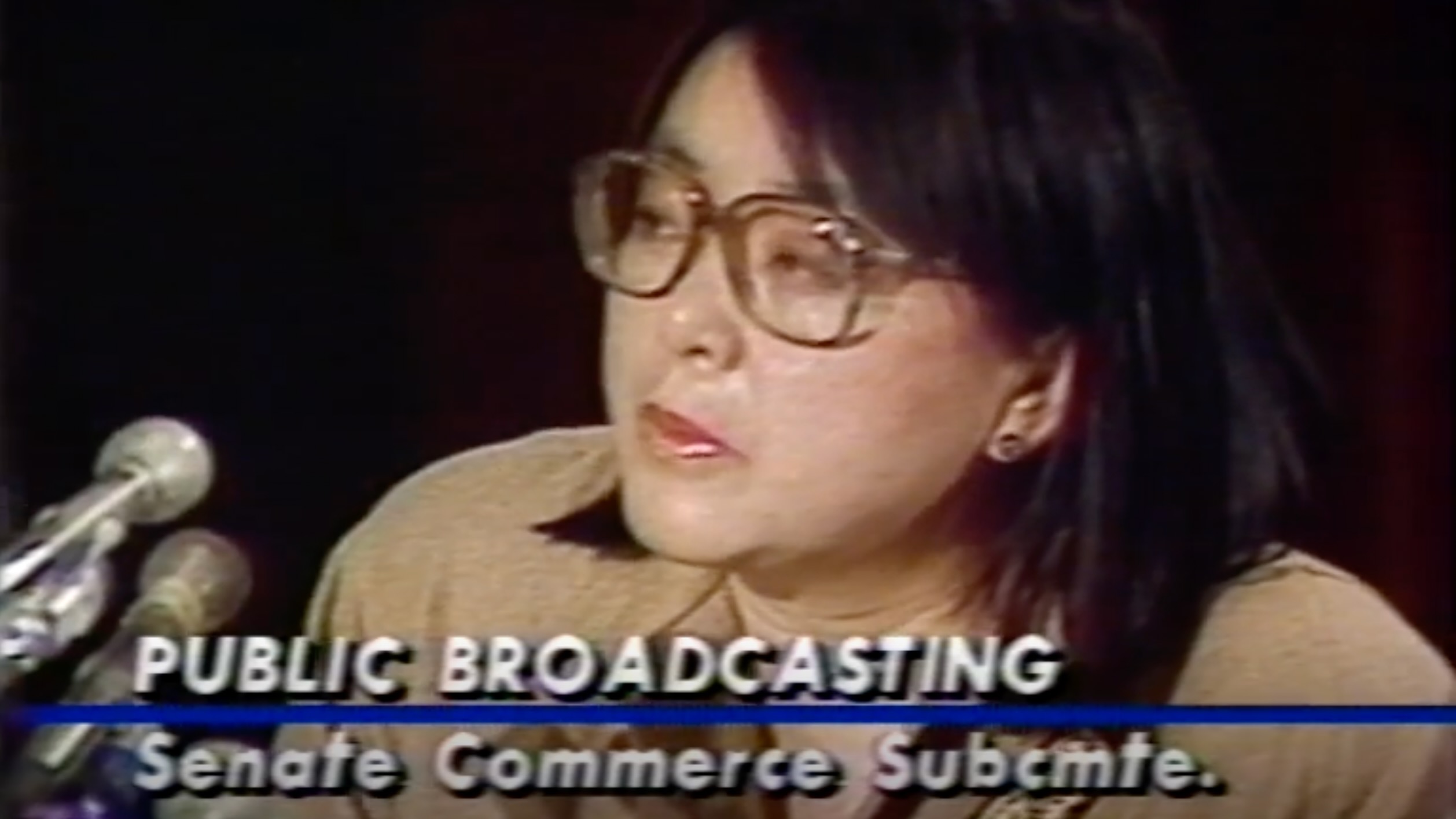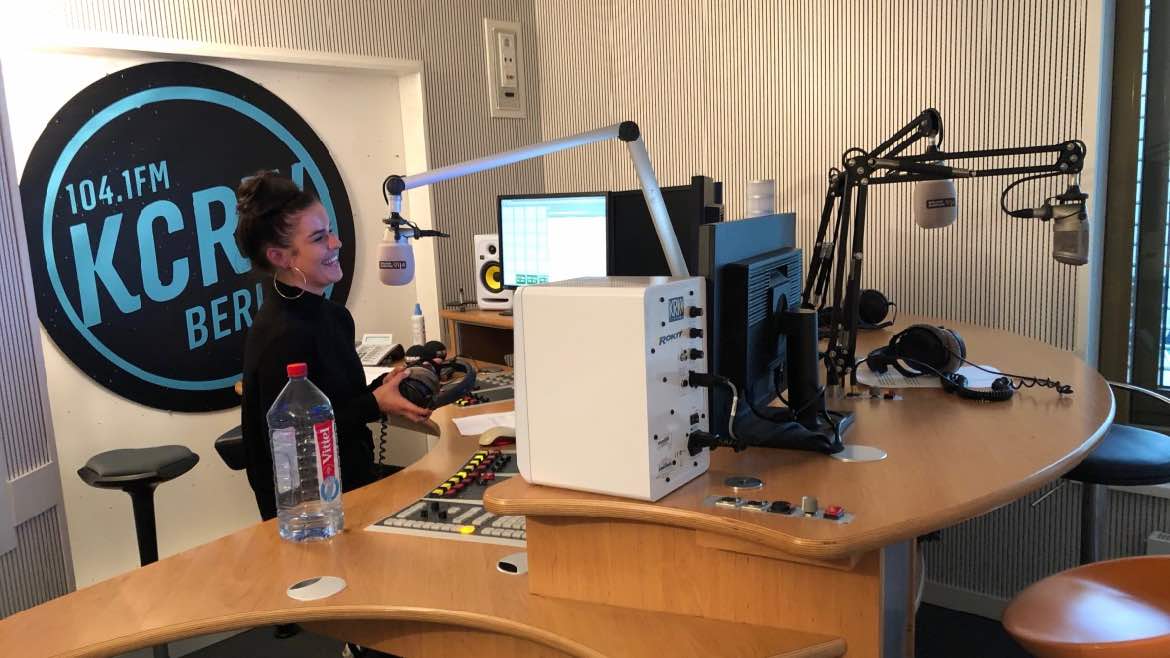WBUR finds ROI for stores in underwriting
Looking to expand the pool of companies that place underwriting spots on public radio stations, Boston’s WBUR unveiled results from its first-ever study demonstrating that sponsorship credits deliver a return on investment for corporate underwriters.
Online surveys by Lightspeed Research, conducted in two waves since October, measured substantial gains for both new and continuing sponsors across 12 different product categories — including banks, supermarkets, health care and auto services.
 WBUR Station Manager Corey Lewis, who initiated the research, said the results demonstrate that public radio underwriting can compete with and even outperform advertising campaigns on three metrics: influencing customers’ purchasing frequency, perceptions of quality and consideration of a company for future purchases.
WBUR Station Manager Corey Lewis, who initiated the research, said the results demonstrate that public radio underwriting can compete with and even outperform advertising campaigns on three metrics: influencing customers’ purchasing frequency, perceptions of quality and consideration of a company for future purchases.
NPR’s influential research on the “halo effect” of public radio sponsorship — identified in 2003 and confirmed by further survey research last fall — showed strong links between listeners’ perceptions of quality and purchase consideration for companies that underwrite public radio programs, according to Lewis and other research and underwriting specialists. To measure the underwriters’ return on investment, the WBUR study added questions about purchasing frequency. It also examined the responses from consumers who identified other Boston media outlets as their favorites.
The research design responds to a common refrain from media buyers: Limitations on scripts required by FCC underwriting rules conflict with their need to quantify a return on their underwriting expenses — and often nix sponsorship deals.
“I wanted to demonstrate that, in an FCC-compliant message, we can produce the same ROI, but in a different way,” Lewis said. “We are not making enough progress, in my mind, to get substantially more of corporate America to invest in public broadcasting.”
With public stations around the country dealing with cuts in state and university funding, as well as uncertainty over future federal appropriations, pubcasters are looking to private revenue sources, including local underwriting sales.
Revenue projections presented at last month’s Public Media Development and Marketing Conference — prior to the wild fluctuations of global stock markets — looked for sponsorship gains among major-market stations to average 13 percent in 2011, according to a presentation by Jim Taszarek of the Arizona-based underwriting rep firm Market Enginuity.
But the field as a whole has yet to recover sponsorship revenues lost during the 2008 financial crisis and subsequent recession, according to DEI, the national service agency for pubradio fundraisers.
A DEI Benchmark analysis tracking fundraising performance among a representative sample of pubradio stations found that local underwriting revenues fell 7 percent from 2008 to 2010, and average station revenues decreased by 5 percent.
The WBUR study may help turn this around by persuading new companies that pubradio sponsorships reach customers and influence their spending decisions. It showed that WBUR sponsorships can affect listeners’ buying habits — both by helping to bring buyers back more often and by keeping a brand under consideration for future purchases.
Lewis believes the effect will apply to underwriters on pubradio stations outside Boston, and he wants to share WBUR’s findings.
“This is the transformational pitch that will convince reluctant companies that we can get the job done in a different and respectful way,” Lewis said.
Spots seen spurring sales
Lewis says the study’s positive findings about underwriters’ ROI indicate that local public radio sponsorships can deliver much more than a halo effect to businesses that underwrite.
Compared to a representative sample of Boston consumers, WBUR listeners increased their purchases from new sponsors by an average of 14 percent during the six-month survey period. Their willingness to consider a new sponsor for future purchases improved 11 percent.
Among WBUR donors, the results were stronger still. Frequency of purchases and consideration for future purchases increased by 21 percent and 13 percent, respectively.
Continuing underwriters reaped the biggest benefits from sponsorship, according to WBUR’s summary of the study’s results. For eight underwriters’ brands, listeners and donors increased their purchasing frequency at twice the rate of the general sample, and perceptions of the brand quality and consideration for future purchases grew by 9 percent or more.
The researchers’ online survey drew on two separate consumer panels: a representative sample of Boston area adults aged 25–54 and an email database of WBUR donors.
The survey also measured responses of consumers who favored other TV, radio, print and online media outlets in Boston.
Roche Brothers/Sudbury Farms was among the companies that reaped big gains in purchasing frequency among WBUR listeners (44 percent above the general population) and donors (59 percent above), according to a summary of results. Only consumers who favor the alt-weekly Boston Phoenix out-shopped WBUR’s audience at the grocery chain.
The study proves that spending on public radio sponsorship is more effective than traditional advertising, Lewis said. “It showed we could produce ROI or sales results that are comparable to an ad campaign itself,” he said. WBUR found still bigger results for continuous sponsors, whose gains in all three metrics continued to grow the longer their campaigns ran. “That’s affirmation for current sponsors and for the ones who joined us.”
Because of NPR’s halo effect study, sales reps have long understood the power of public radio sponsorships to enhance a company’s brand and image, said DEI advisor Marlene Schneider of Market Enginuity. The WBUR study takes that research one step further. “This shows that people will make purchases based on messages they’ve heard about a company on public radio.”
“We’ve known it in our gut for a long time, but we haven’t been able to show it from a data standpoint,” Schneider said. “This proves it with numbers.”
RELATED LINKS
An NPR presentation in 2010 says research indicates that 74 percent of listeners “say their opinion of a company is more positive when they learn that it sponsors public radio.”
Pubcasters routinely refer to the “halo effect” that benefits underwriters in the minds of listeners and viewers, as in pitches by South Carolina ETV. Los Angeles station KCET, Radio Milwaukee and others.








